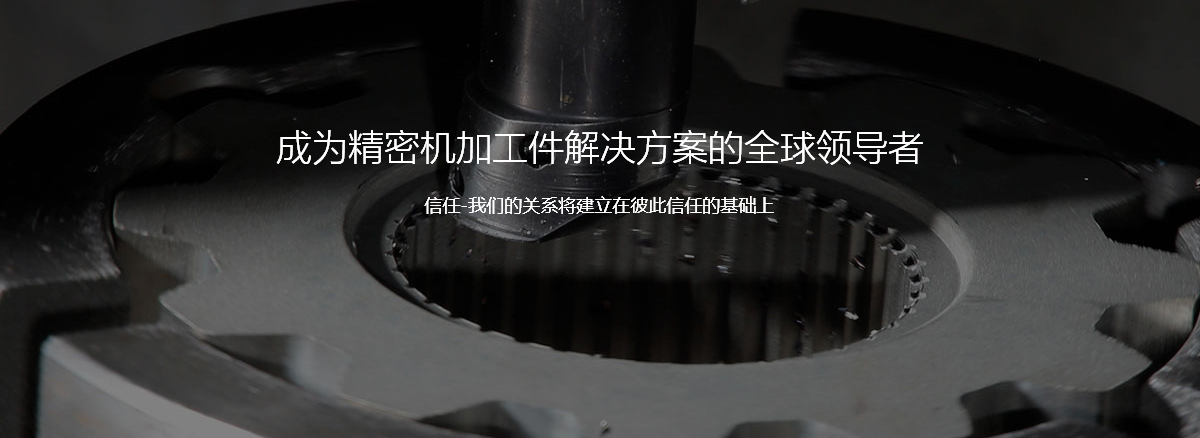The spindle of a machine tool refers to the axis that drives the workpiece or tool to rotate on the machine tool. Usually composed of spindle components, bearings, and transmission components (gears or pulleys). Except for machines with linear motion as their main motion, such as planers and broaching machines, most machines have spindle components. The motion accuracy and structural stiffness of the spindle components are important factors determining machining quality and cutting efficiency. The main indicators for measuring the performance of spindle components are rotation accuracy, stiffness, and speed adaptability.
The role of modular design, simplified machine structure, and improved machine performance for CNC machine tools
a. Simplify structure and promote modular machine tool structure
Electric spindles can form standardized and serialized products based on their usage, structure, performance parameters, and other characteristics for the host machine to choose from, thereby promoting modular machine tool structure.
b. Reduce machine tool costs and shorten machine tool development cycles
On the one hand, standardized and serialized electric spindle products are easy to form professional and large-scale production, and can also shorten the development cycle of machine tools to adapt to the current rapidly changing market trends.
c. Improve machine tool performance and reliability
The CNC machine tool with an electric spindle structure has improved its reliability due to its simplified structure and reduced transmission and connection links; The mature technology, complete functions, excellent performance, and reliable quality of the electric spindle functional components make the performance of the machine tool more perfect, and the reliability can be further improved.
d. Special requirements for achieving certain high-end CNC machine tools


